How to Use a Pitching Machine
You might be wondering if a pitching machine is a good option for you. You might have heard some of the other parents or coaches talking about how they use them during batting practice, or about the different types of pitching machines they like to use. Let's take a look at how to use a pitching machine and some of the best ways to use them are.
What You're Going to Learn in This Article
In this article we are going to cover how to properly use pitching machines, how to load pitching machines, how to hit off a pitching machine, proper distance for a pitching machine, configuring your pitching machine settings, how to clean your pitching machine and how to overall get the most out of your pitching machine during batting practice.
For history of pitching machines or to understand how a pitching machine works, check these articles out:
- The history behind pitching machines: Who Invented the pitching machine?
- How does a pitching machine actually work?
What is a Pitching Machine Used For?
Pitching machines are a very dynamic baseball training tool that can be used for batting practice, infield and outfield drills, catching practice, and more.
Are Pitching Machines Good for Batting Practice?
A baseball pitching machine is best used for and is specifically designed for batting practice and for helping a batter improve their hitting skills.
Pitching machines throw consistent strikes at variable speeds to a hitter, allowing them to get more swings in during practice. Depending on the machine, you can adjust a pitching machine to throw anywhere from 30-100 mph.
Furthermore, some pitching machine types, like 3 wheel pitching machines, can throw more advanced pitches like breaking balls (curveballs and sliders) from right and left-handed orientations. This allows players to have a competitive advantage in learning how to hit difficult pitches.
It's worth it to note that some people actually don't like pitching machines for batting practice. We wrote an entire article covering this, where we bust the myth of the question, "are pitching machines bad." If you've ever heard anyone talk about why they don't like pitching machines, please read through that article.
Infield and Outfield Drills
Pitching machines are also a great tool for fielding drills. Not all, but some pitching machines can be used to throw ground balls, line drives, deep fly balls (some as far as 380 ft. to simulate the warning track), and catcher's pop-ups.
One of our favorite batting machines, the Hack Attack and Jr. Hack Attack, do an excellent job of this. These batting machines can produce ground balls, towering fly balls, deep fly balls to the warning track, and catcher's pop-ups with reverse spin, all simulating real game scenarios.

If you're looking to buy a baseball pitching machine that is equipped with the ability to perform infield and outfield drills, be sure to read through the product description to confirm that it has these capabilities.
You may need to investigate further by making sure that the machine has a pivoting design that will allow it to pivot up for fly balls and down for grounders.
How to Effectively Use a Pitching Machine
If you came to this page because you want to learn how to set up your machine, we recommend using the search bar at the top of this page to find the machine you purchased from us, clicking through to the page, then go to the bottom of the description and click on the owner's manual or user's manual.
If you came to this page to learn how to use a pitching machine the right way, then you're in the right place!
First things first, you want to make sure proper swing techniques are in order. If you or your kid does not have a proper swing technique, or someone to correct it, a batting machine may make it worse.
The consistent rhythm of the pitching machine with an improper technique can lead to poor performance during their next big game.
We wrote a whole article on whether or not pitching machines are bad, and what to avoid, which can be read here.
On the other hand, if you're confident in you swing or your kids swing, a pitching machine will be a very powerful tool. It will improve swing, hand eye coordination, timing and overall performance at the plate (improved batting average!).
How to Hit off a Pitching Machine: Best Practices
-
Make sure you or your kid has kicked all their swing bad habits.
-
Train with a partner that understands proper swing mechanics and will point out any mistakes you or your kid is making.
-
Change up the speed dial on the pitching machine to simulate a real game scenario
-
If you have a 2 or 3 wheel pitching machine, throw the breaking balls in the mix to train your eye.
-
And of course, utilize the infield and outfield drills that your pitching machine can perform!
How to Load a Pitching Machine
Before you send your first baseball through your pitching machine, you'll need to load it! Most pitching machines are hand-fed, but some come with automatic ball feeders.
With a hand-fed pitching machine, the operator of the machine will literally take the baseball or softball, and feed it into a chute. For more information on how pitching machines work, check out this article.
We recommend that the coach, or whoever is operating the machine, holds the ball up in the air, making it visible to the batter before the ball is pitched, allowing the batter to know when the ball is coming. This is important because, in a real scenario, a live pitcher will give visual cues as to when he will release the ball.
How Many Feet Away Should a Pitching Machine From Home Plate?
The best distance to set up a pitching machine is anywhere from 45 to 60 feet.
A better question to ask is, what is the optimal distance to set up the pitching machine from the mound to home plate?
Although there is not one answer for everyone, there are a few rules of thumb to consider, and a few important things to understand.
If your desired distance from machine to mound is 60 feet, and you set your pitching machine at 60 mph, the speed of the ball is 60 mph, right? Right.
Now, if you move the machine up 30 feet from the mound, you've cut that distance in half, and the ball will arrive at the plate twice as fast. Essentially, it will appear that the ball is being pitched at 120 mph. Although, in reality, the ball is being pitched at 60 mph.
Because of this, the speed and distance of the pitching machine to the plate are so important.
So how far away should a pitching machine be from home plate?
- For Little League, the pitching machine should be 46' from home plate
- For Pony League, the pitching machine should be 54' from home plate
- For Babe Ruth league and NCAA, the pitching machine should be 60' 6" from home plate
We recommend taking a look at our baseball field dimensions guide or our softball field dimensions guide to first figure out the correct distance between the home plate and the pitching mound. This will inform your decision as to how far your pitching machine will be from the batter.
If you are using a batting cage and the length of the batting cage is less than the league-required distance from home plate to the pitching mound, just divide the league-required distance by the actual distance of the machine to the batter, and multiply that number by the speed of the pitching machine.
Example: League required distance (60 ft.) / actual distance (30) = 2
Multiply that by the mph we talked about earlier (60) to get our number: 120

In this scenario, our numbers indicate that the pitching machine would pitch a ball at the batter at a perceived velocity of 120 mph. This illustrates how improper planning can lead to unrealistic training conditions!
Pitching Machine Settings
Configuring the settings on a pitching machine is easy. The majority of pitching machines come with a control panel with a few settings and simple controls.
-
Plug in the pitching machine and turn it on with the on / off button which is located on the control panel.
-
To adjust for speed, move the speed dial up or down to the desired speed.
-
For 2 and 3-wheel pitching machines, there will be 2 or 3 dials, respectively.
-
Follow the pitching machine pitch chart and adjust the dials accordingly to create your desired pitch.


And on this Jr. Hack Attack, there are 3 dials to control speed. Conveniently located to the left of the speed dials, there is a pitch chart that will show you how to create the pitch you desire.
Conclusion - What We Learned About Pitching Machines Today
Using a pitching machine is an easy activity that any kid or parent can learn how to do. Baseball players can greatly benefit from this tool if used correctly. Remember what we learned about using your pitching machine with a partner, and how to get the most out of your machine. Most machines are easy to use and will improve your skills. If you're looking for a pitching machine to buy, check out our selection of machines in the navigation bar at the top or read through our article on top-rated pitching machines.

 Contact Us
Contact Us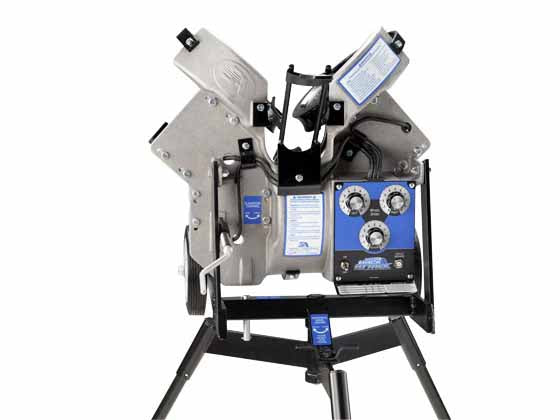
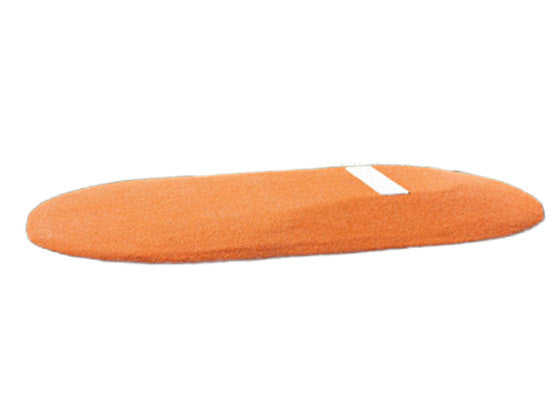
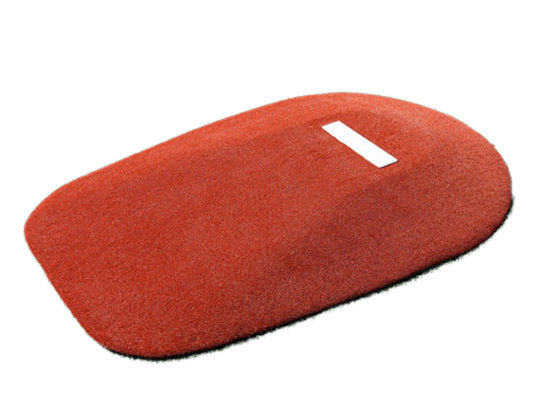
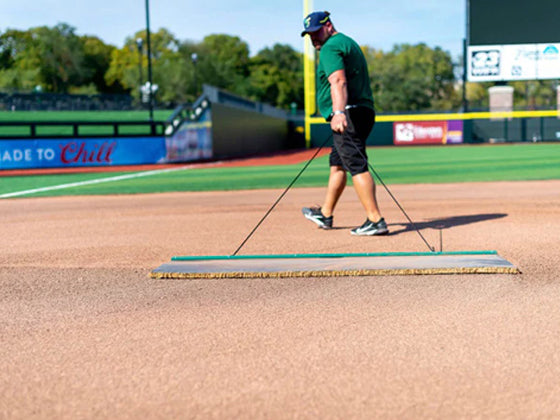
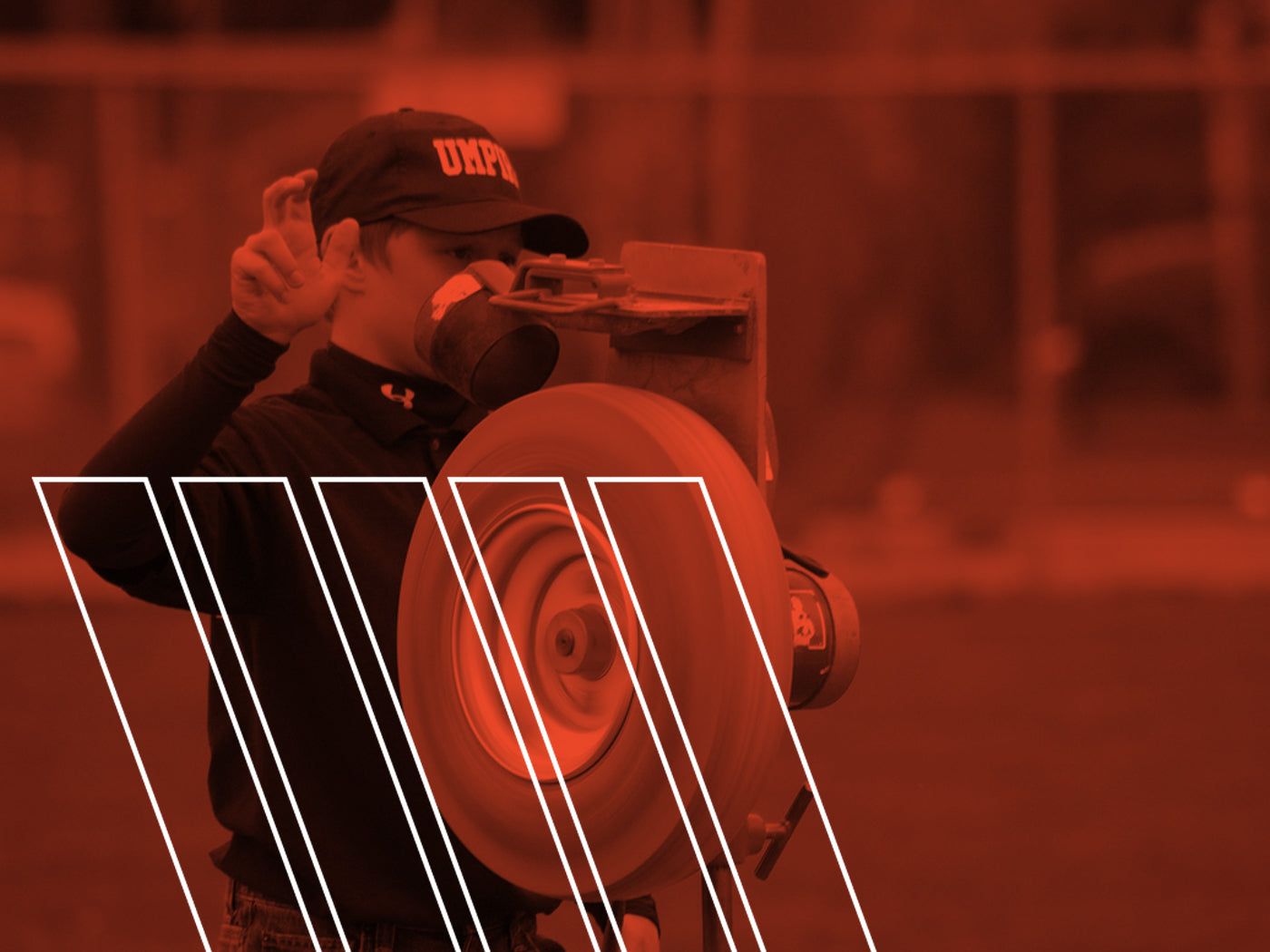

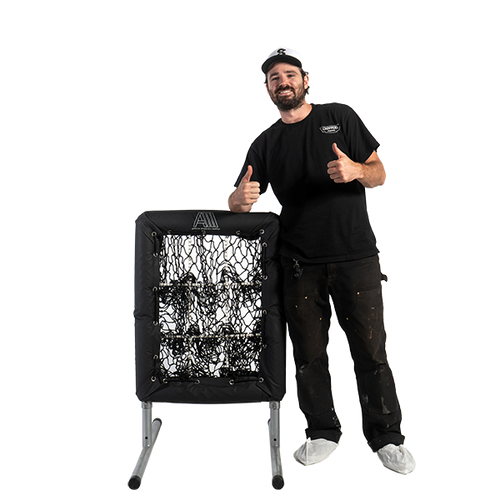
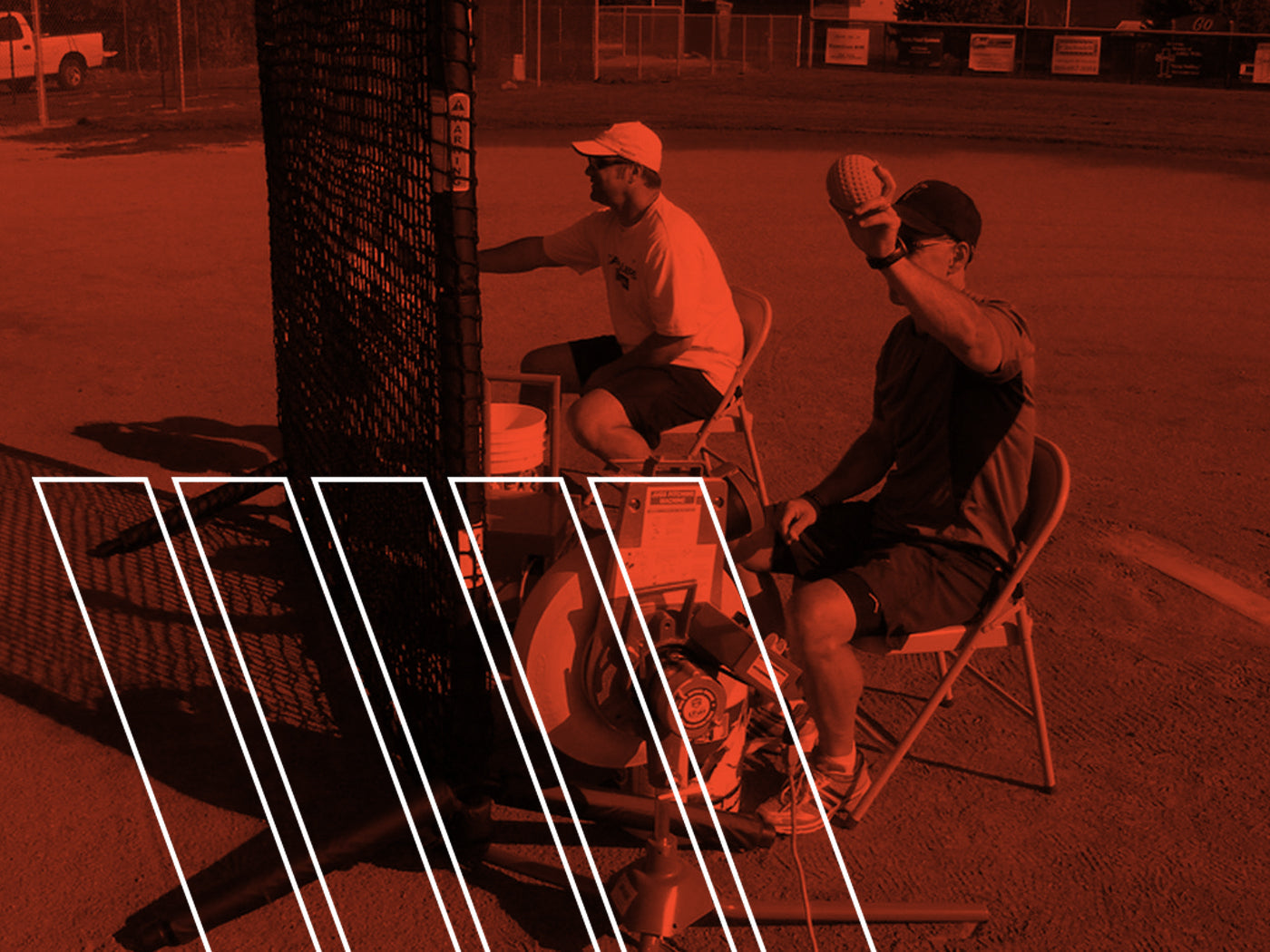
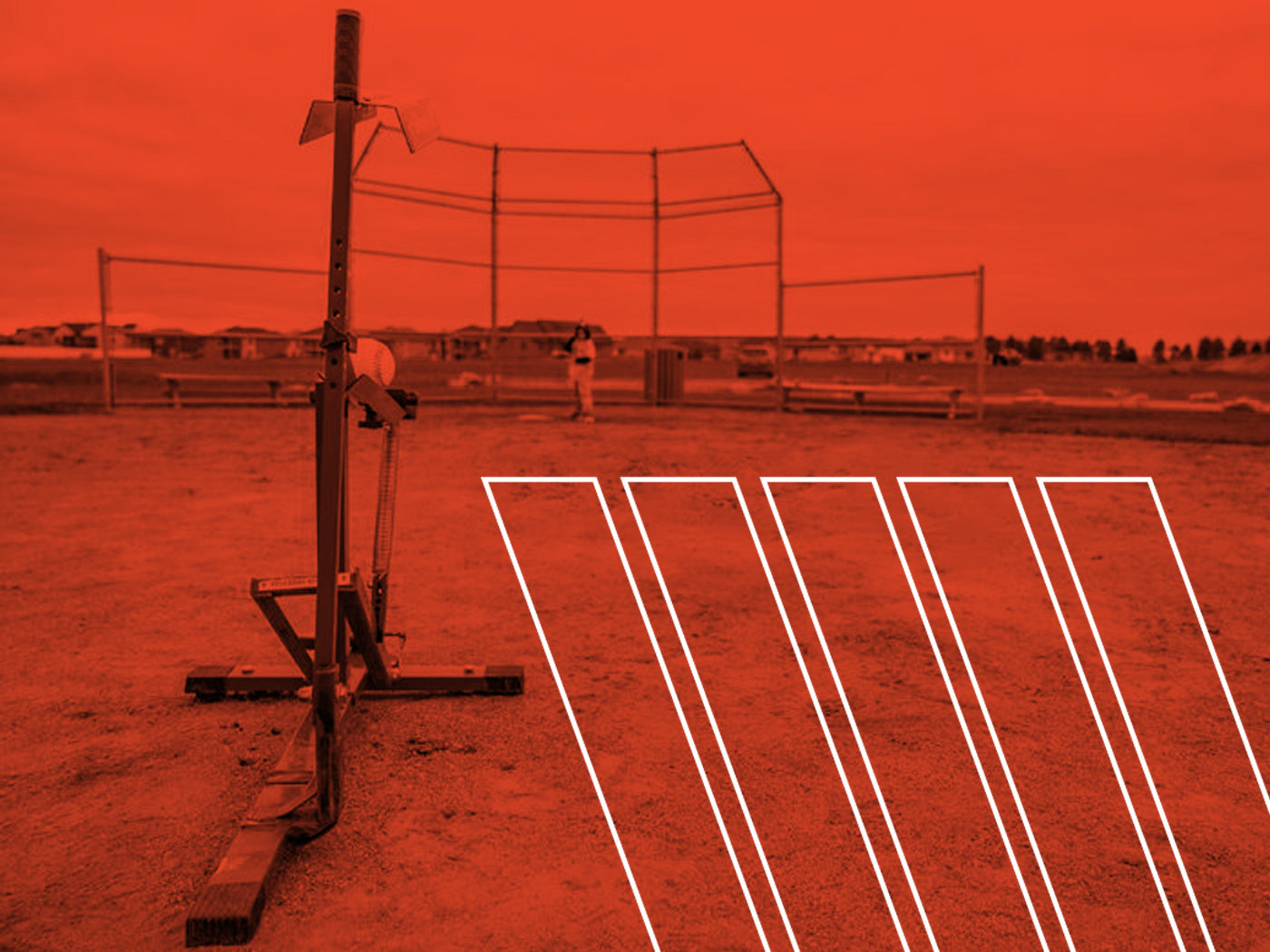
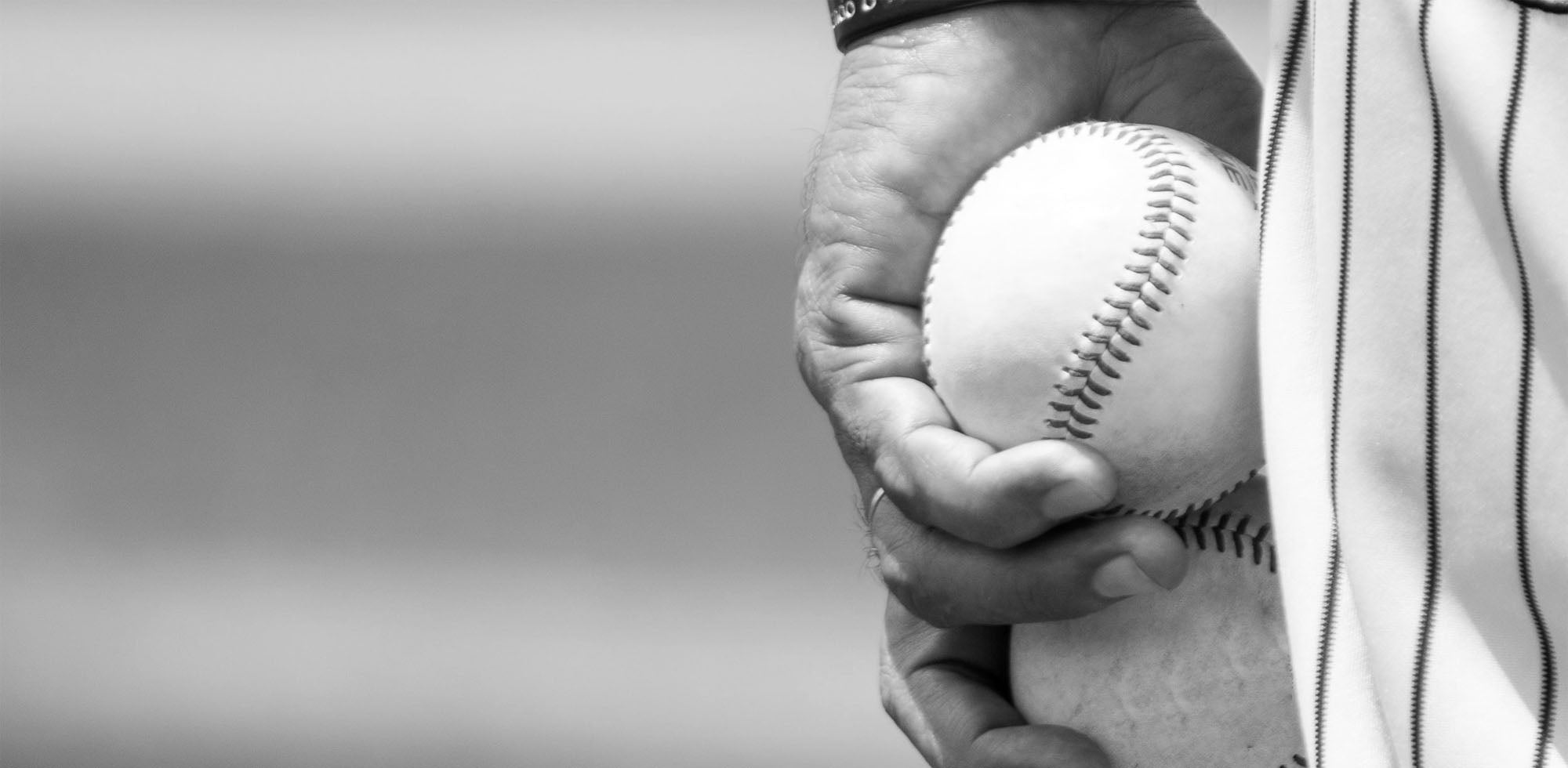
1 comment
Fred Layman
Does this evaluation go for all pitching machines? We have the Zooka.
Does this evaluation go for all pitching machines? We have the Zooka.